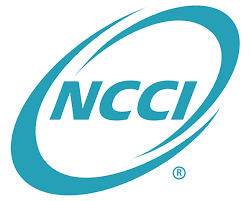
If you don’t know what an Emod is, you should learn. Your Emod impacts the amount you pay for workers’ compensation insurance and can even complicate your business opportunities.
Technically speaking, an Emod is the Experience Modification Rating assigned to a company by the National Council on Compensation Insurance (NCCI.) The Emod increases after workplace injury claims are filed by the company. The higher the Emod, the more the company pays for workers’ compensation insurance.
An employer with an average claims history will have a 1.00 Emod. Employers with better or worse histories will see their Emod decrease or increase respectively.
Here’s an example using a company we’ll call Ralph’s Roofing. It’s time for Ralph’s to renew its workers’ compensation policy. The NCCI reviews Ralph’s three-year loss history and determines that Ralph’s is performing 20% better than the average roofing company. As a result, Ralph’s Emod is set at .80. If Ralph’s loss history is 20% worse, the Emod would increase to 1.20.
Breaking it down further, if Ralph’s workers’ compensation policy carries a $10,000 manual premium, Ralph’s out-of-pocket expense would be $8000 with a .80 Emod ($10,000 x .80.) If Ralph’s Emod is 1.20, the premium jumps to $12,000 ($10,000 x 1.20.)
Something else to consider when it comes to a company’s Emod, clients often take safety records into account when taking bids for contract work. The company with a .80 Emod will, likely, win the competition over a similar business with a 1.20 Emod.
Your Emod is a good indicator of whether you need workplace safety improvements. Safety manuals and safety training can minimize your future risk for workers’ compensation claims. To learn more about risk mitigation and your workers’ compensation options, request a free consultation or visit our workers’ compensation page.










